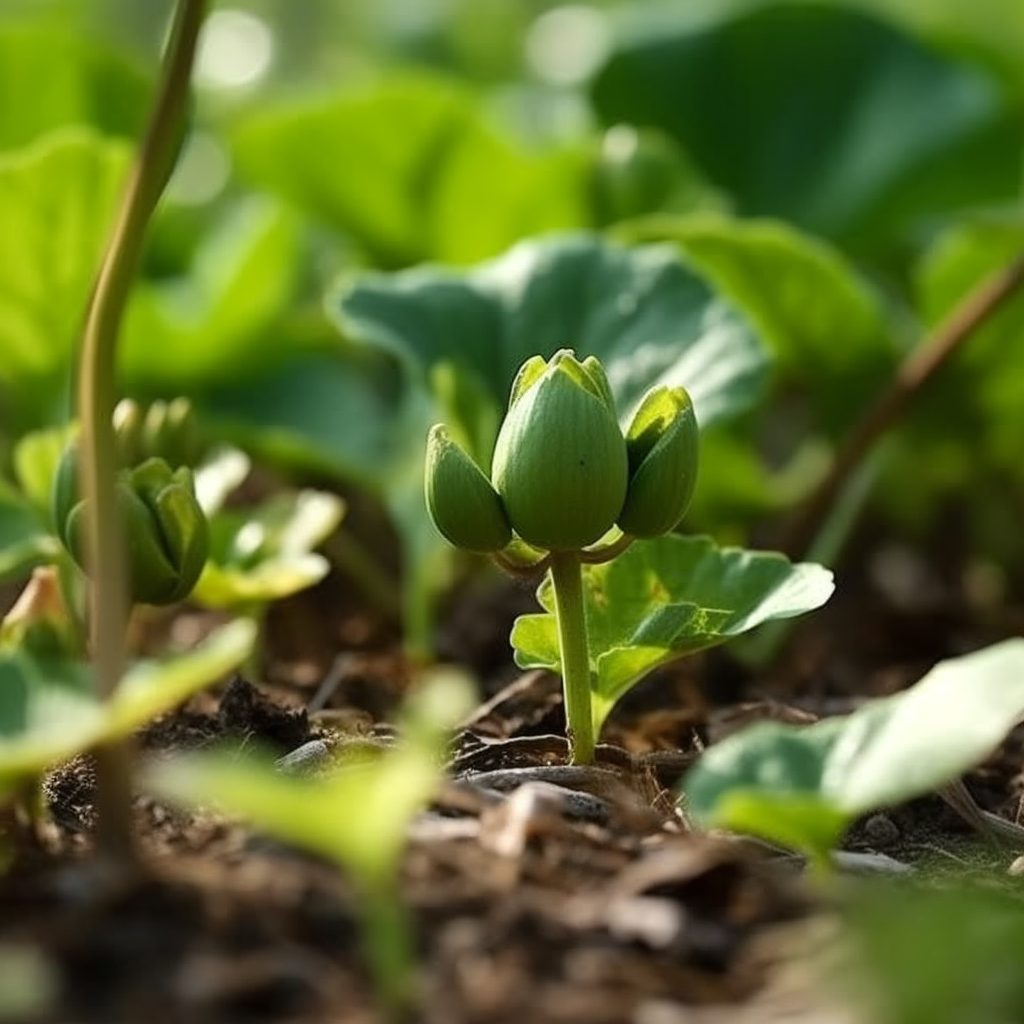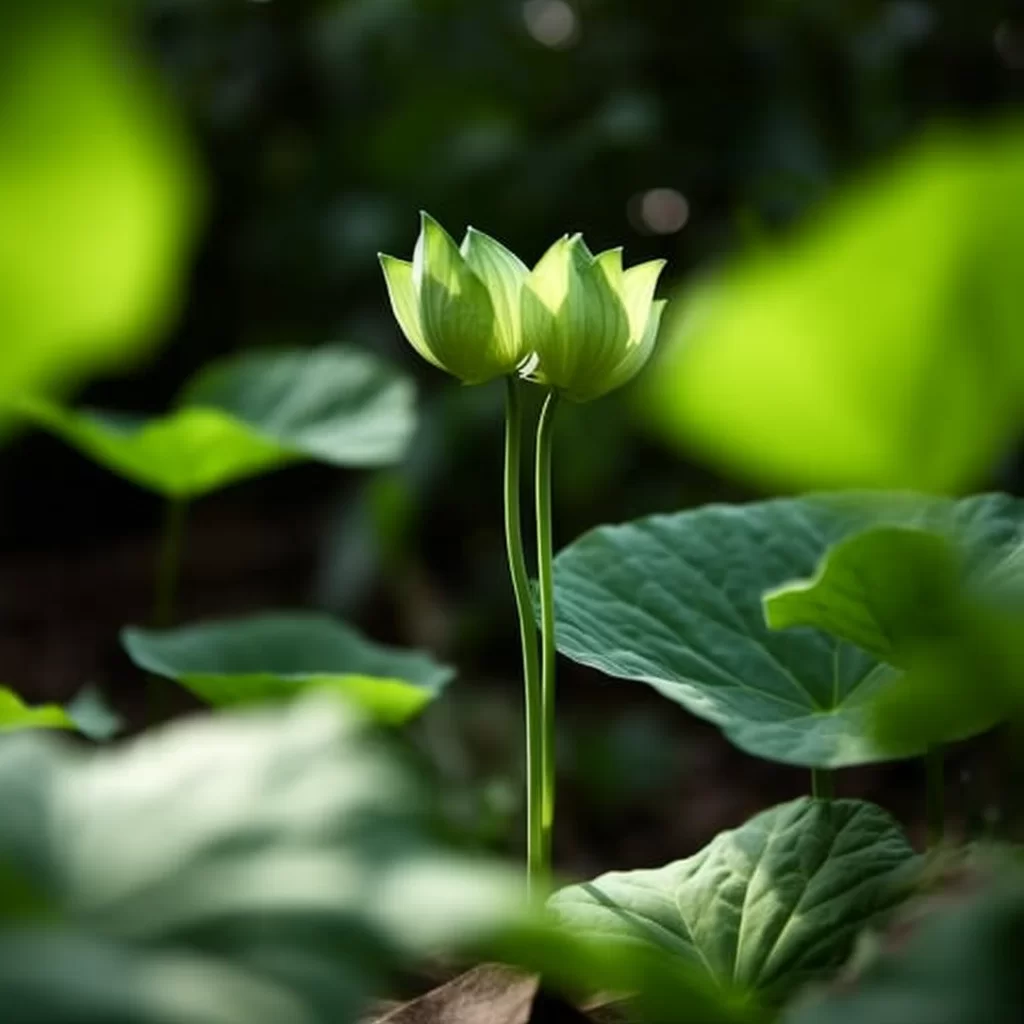Story of Day :
Contents
The Lotus Plant: A Complete Guide and Care Tips
The lotus plant is one of the most captivating and beautiful aquatic plants in the world. It has been an integral part of various cultures across the globe for thousands of years, valued for its spiritual significance, medicinal properties, and ornamental beauty. In this article, we will provide you with a comprehensive guide on everything there is to know about growing a lotus plant.
What is a Lotus Plant?
Lotus plants are aquatic perennials that belong to the family Nelumbonaceae. They are native to Asia but can be found growing in different parts of the world. The plant has long stems that grow up from thick rhizomes buried in soil at the bottom of ponds or lakes.
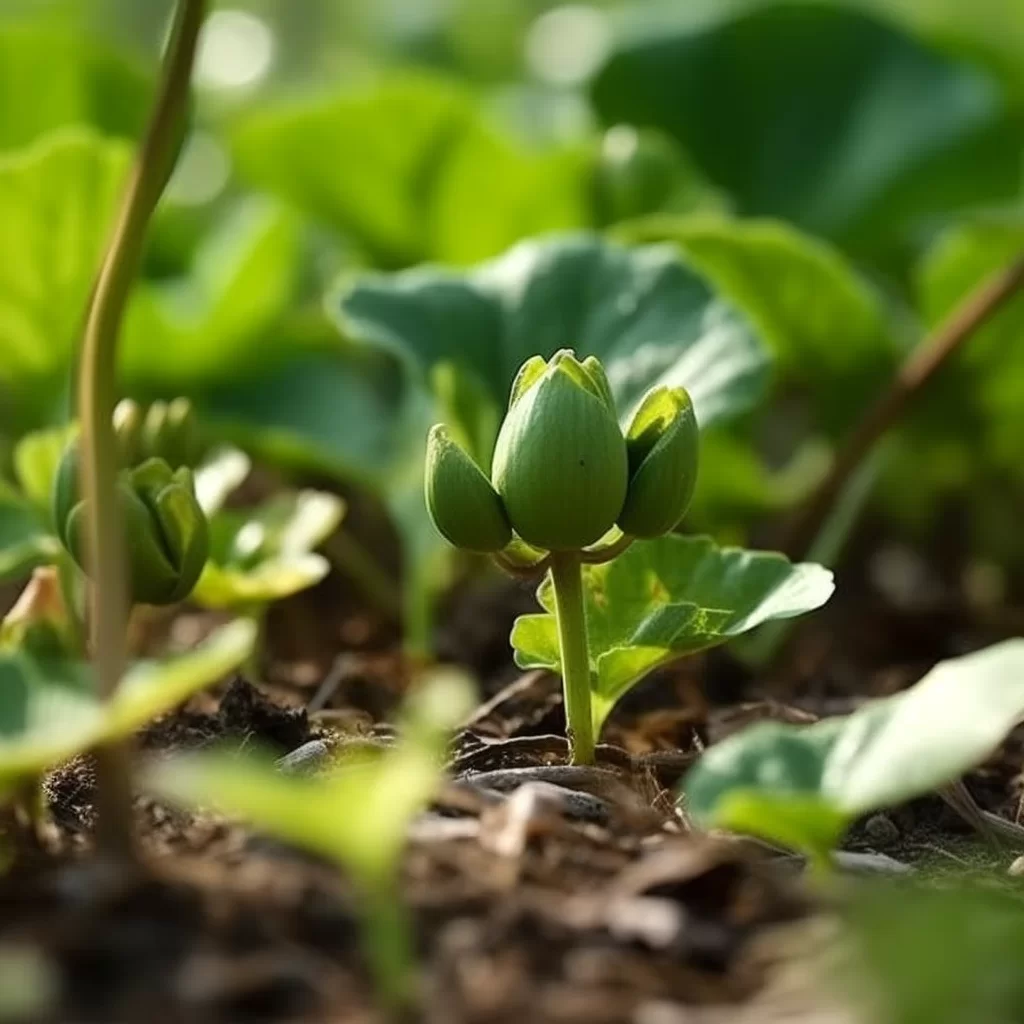
Growing Conditions:
If you want to grow lotus plants successfully, you need to provide them with favorable conditions:
- Water: They require calm water conditions free from strong currents or waves.
- Sunlight: A minimum of six hours direct sunlight daily during summer months is necessary.
- Pond Size: They need ample space; ponds should be at least two feet deep with surface areas ranging between fifteen and seventy-five square feet depending on variety size.
- Climatic Requirements: The ideal temperature range for growth is between sixty-two degrees Fahrenheit and eighty-six degrees Fahrenheit
Varieties Of Lotus Plants :
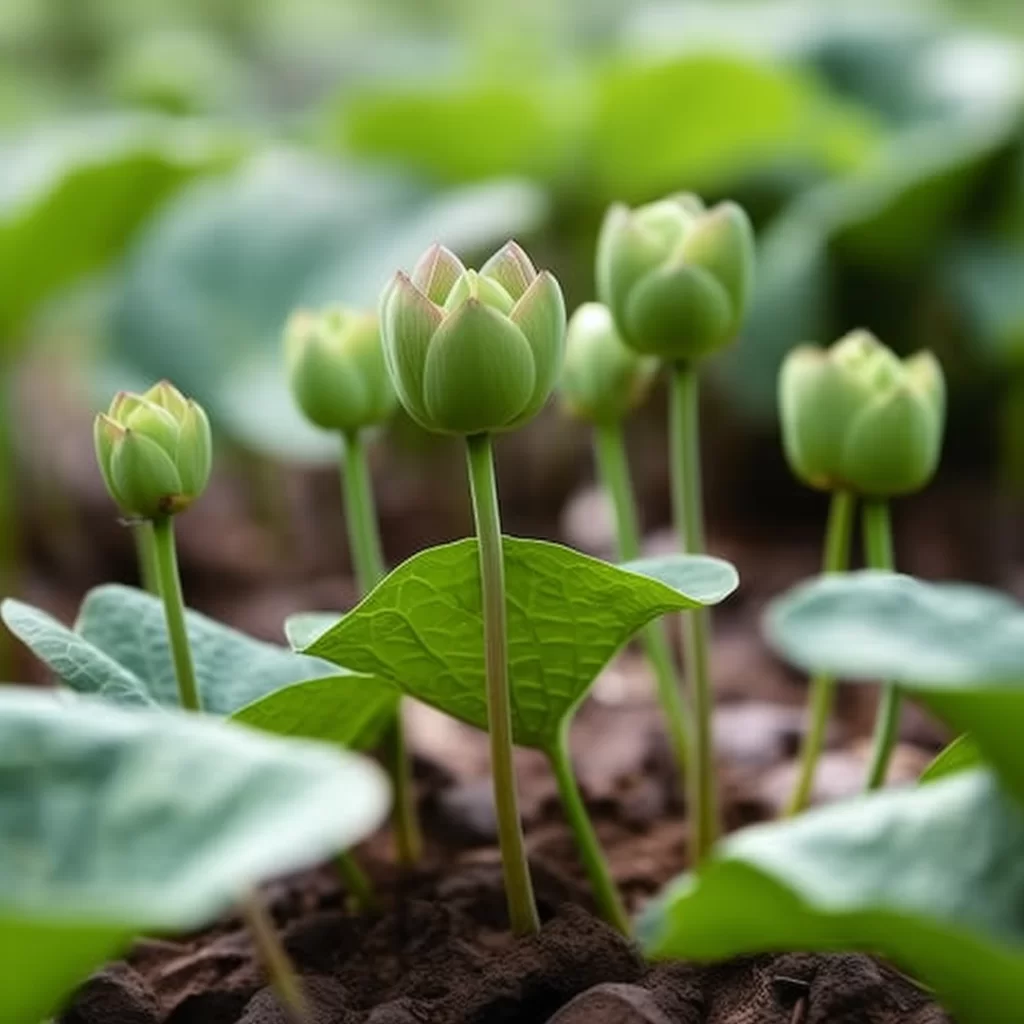
In general cultivation following varieties Of Lotus Plants are available-
| Variety Name | Description |
|---|---|
| Indian Lotus | The Indian lotus is the most common type of lotus grown. |
| Momo Botan | Momo Botan has a pink flower with a yellow center. It is a smaller plant that only grows to about two feet tall. |
| Jimmy Peach | The Jimmy Peach variety has peach-colored petals and is very fragrant, making it an excellent choice for cut flowers. |
| Perry’s Giant Sunburst |
Lotus Plant Care:
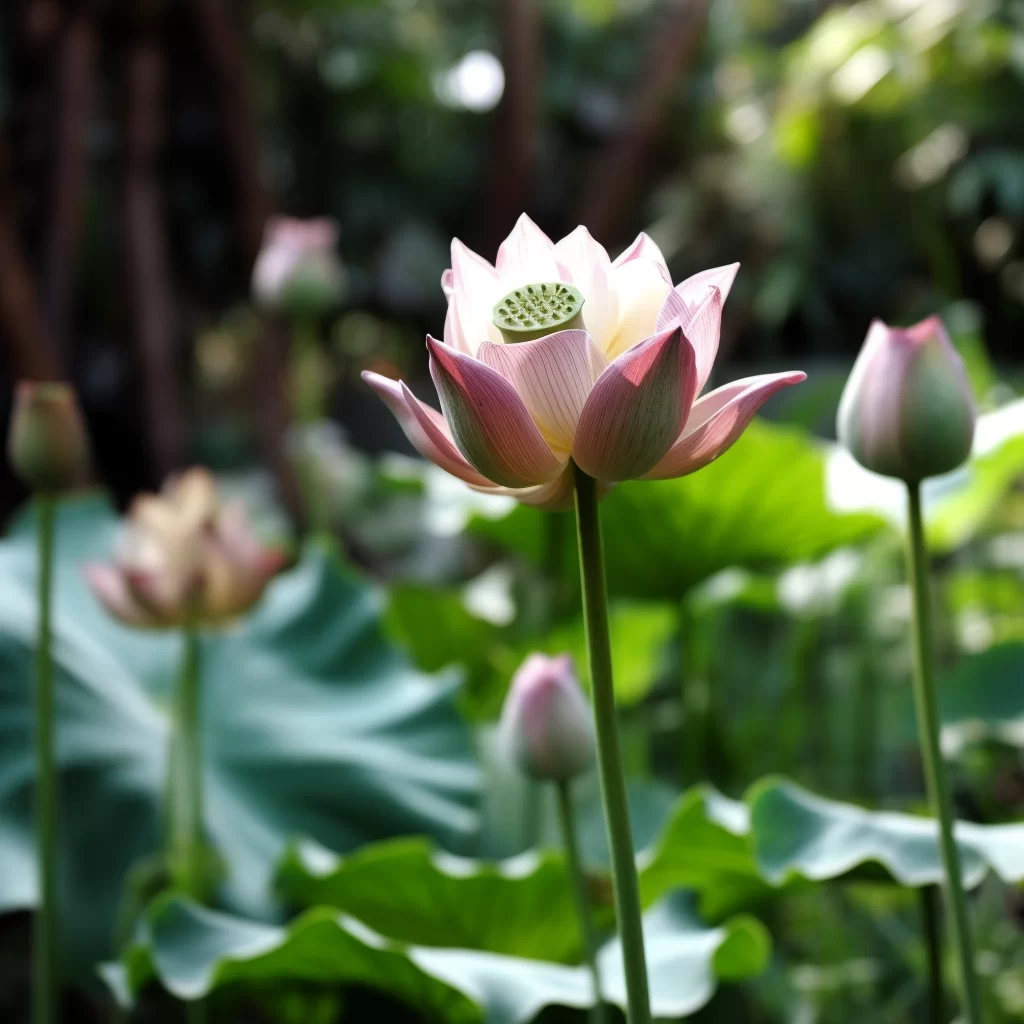
Growing lotus plants requires some effort, but if done correctly, you will be rewarded with beautiful blooms:
- Fertilizer: Fertilize the plant once every two weeks after leaves appear above water using a pond fertilizer high in phosphorus or bone meal for healthy growth and blooming. Stop feeding one month before first frost date.
- Cutting back foliage: Cut back foliage at the end of the growing season when they turn yellow and brown. This helps reduce rotting vegetation in winter months when decomposition produces toxic gases harmful to fish.
- >Water quality:<
- > Maintaining good water quality through proper filtration systems is vital since poor water conditions can lead to fungal diseases such as leaf smut or bud rot leading towards decayed stem or rhizomes.
- Overwintering: The lotus plant is sensitive to freezing temperatures and needs to be overwintered properly. Before winter sets in, trim back the foliage and move the rhizomes to a frost-free area, such as a basement or heated garage.
<
Conclusion
The lotus plant is not only beautiful but also has a rich cultural significance that makes it special. Growing them can be rewarding if you provide them with favorable conditions and take proper care of them. With this guide, we hope you feel more confident about growing your own lotus plants.
